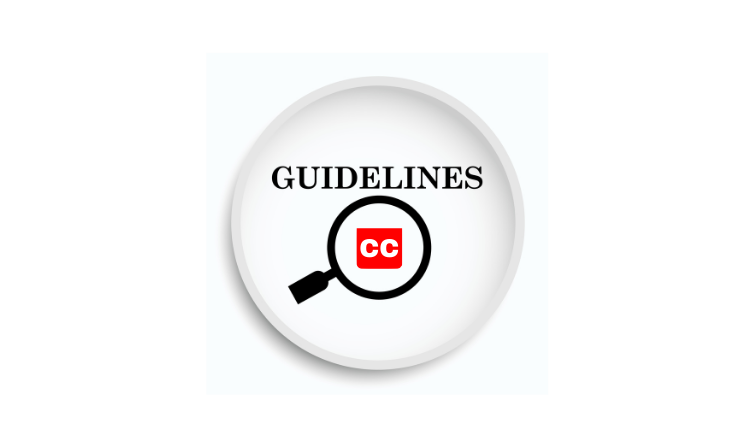
That is, the person doing the captioning/CART does not have to be at the same location as the live action they can be doing the live captions by listening to the audio over a phone or Internet connection. Live captions can be done in-person or remotely.
#Closed captioning guidelines professional#
Live captions are usually done by professional real-time captioners (also called Communication Access Realtime Translation (CART) providers). They can be a translation of the caption content, including non-speech audio information.Ĭaptions are needed for accessibility, whereas subtitles in other languages are not directly an accessibility accommodation. Subtitles/interlingual subtitles are usually only the spoken audio (for people who can hear the audio but do not know the spoken language).

Subtitles are implemented the same way as captions. Sometimes they are distinguished as intralingual subtitles (same language) and interlingual subtitles (different language). Some regions use subtitles for both the same language as the audio and for the translation. Subtitles for spoken audio translated into another language.Captions for the same language as the spoken audio.The terms “captions” and “subtitles” are used for the same thing in different regions of the world. They can be “open captions” that are always displayed and cannot be turned off.


Most are “closed captions” that can be hidden or shown by people watching the video. They are displayed within the media player and are synchronized with the audio. What: Captions are a text version of the speech and non-speech audio information needed to understand the content. They are also used by people who process written information better than audio. Who: Captions (also called “intralingual subtitles”) provide content to people who are Deaf and others who cannot hear the audio.


 0 kommentar(er)
0 kommentar(er)
